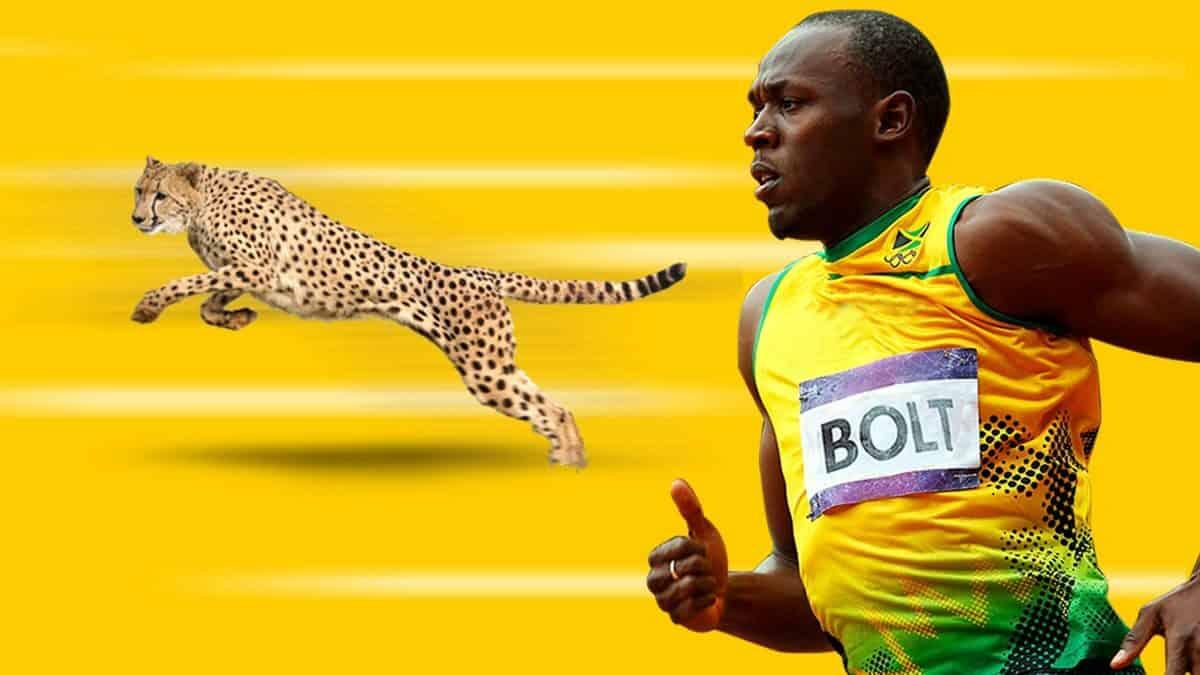The awe-inspiring brown bear lives in the forests and mountains of northern North America, Europe, and Asia. It is the most widely distributed bear in the world.
These omnivorous giants tend to be solitary animals, except for females and their cubs, but at times they do congregate. Dramatic gatherings can be seen at prime Alaskan fishing spots when the salmon swim upstream for summer spawning. In this season dozens of bears may gather to feast on the fish, craving fats that will sustain them through the long winter ahead. In fall a brown bear may eat as much as 90 pounds (40 kilograms) of food each day, and it may weigh twice as much before hibernation as it will in spring.
Brown bears dig dens for winter hibernation, often holing up in a suitable hillside. Females, or she-bears, den while pregnant and give birth during this winter rest, usually to a pair of cubs. Brown bear cubs nurse on their mother’s milk until spring and stay with her for some two and a half years—so females only reproduce once every three years.
Adult brown bears are powerful, top-of-the-food chain predators, but much of their diet consists of nuts, berries, fruit, leaves and roots. Bears also eat other animals, from rodents to moose.
The world’s largest brown bears are found in coastal British Columbia and Alaska, and on islands such as Kodiak.
Despite their enormous size, brown bears are extremely fast, having been clocked at speeds of 30 miles per hour (48 kilometers per hour). They can be dangerous to humans, particularly if surprised or if a person gets between a mother bear and her cubs.
Fast Facts
Type:
Mammal
Diet:
Omnivore
Average life span in the wild:
25 years
Size:
5 to 8 ft (1.5 to 2.5 m)
Weight:
700 lbs (318 kg)
Group name:
Sloth or sleuth
The awe-inspiring brown bear lives in the forests and mountains of northern North America, Europe, and Asia. In fact, it’s the most widely distributed bear in the world!
These giants tend to be solitary animals, except for females and their cubs, but at times they do congregate.
Dramatic gatherings can be seen at prime Alaskan fishing spots when the salmon swim upstream for summer spawning. In this season dozens of bears may gather to feast on the fish, craving fats that will sustain them through the long winter ahead.
In fall a brown bear may eat as much as 90 pounds of food each day, and it may weigh twice as much before hibernation as it will in spring.
Brown bears dig dens for winter hibernation, often holing up in a suitable hillside. Females, or she-bears, den while pregnant and give birth during this winter rest, usually to a pair of cubs.
Brown bear cubs nurse on their mother’s milk until spring and stay with her for some two and a half years—so females only reproduce once every three years.
Adult brown bears are powerful, top-of-the-food chain predators, but much of their diet consists of nuts, berries, fruit, leaves and roots. Bears also eat other animals, from rodents to moose.
The world’s largest brown bears are found in coastal British Columbia and Alaska, and on islands such as Kodiak.
Despite their enormous size, brown bears are extremely fast, having been clocked at speeds of 30 miles per hour! They can be dangerous to humans, particularly if surprised or if a person gets between a mother bear and her cubs.
Top Facts
- The brown bear is a mammal and is an omnivore!
- They can live up to 25 years in the wild!
- They can grow to be 8.5 foot tall!
You can subscribe to the Extreme Athletes on Fun Kids podcast channel for FREE in:
…or you can listen here:
Extreme Athletes!
It's mankind versus mammal-kind in this podcast series, where we pit some of our greatest athletes against some of nature's greatest animals!
EXPLORE THIS SERIES DOWNLOAD ON iTUNES



